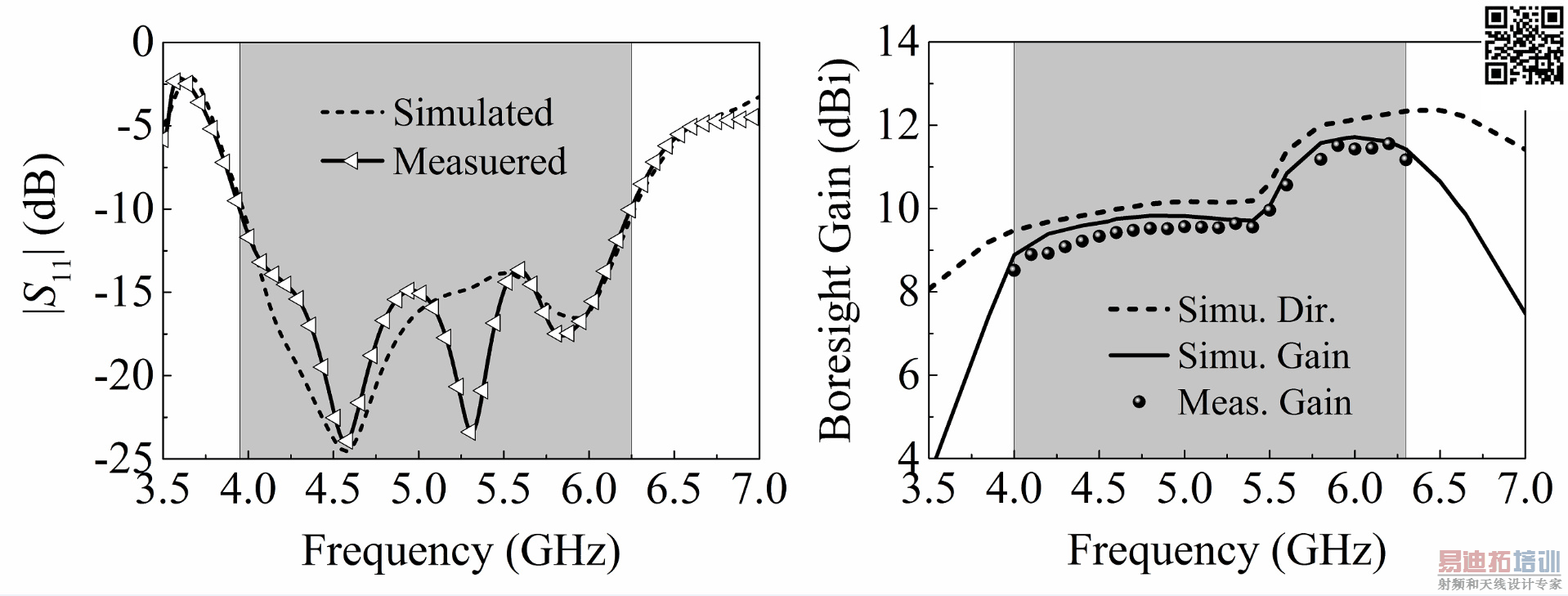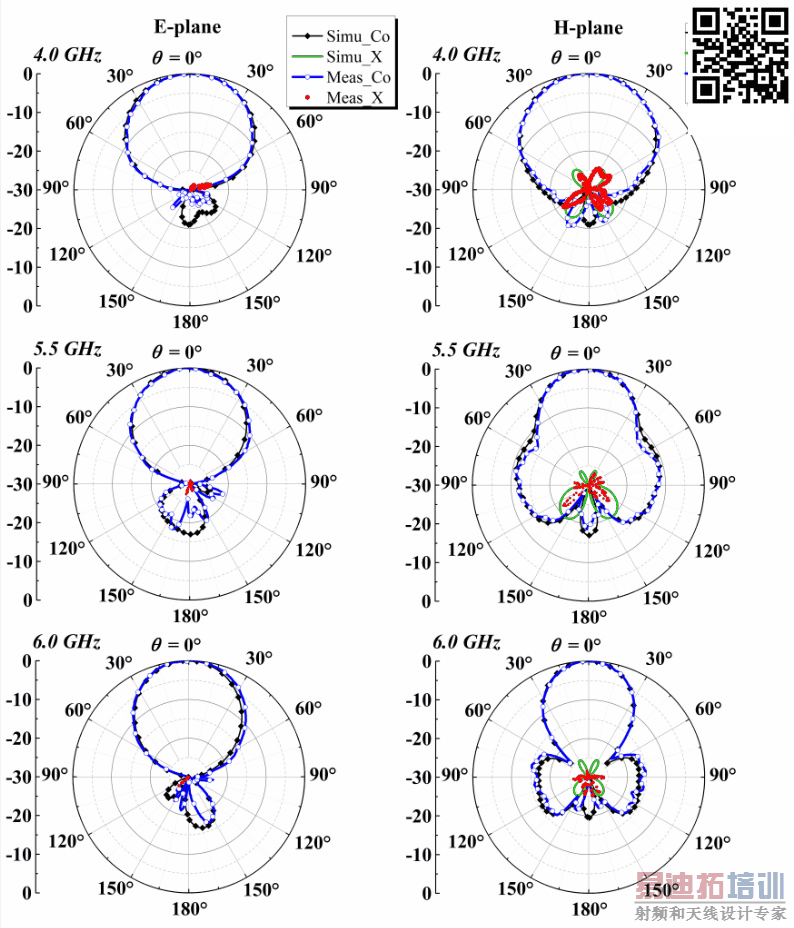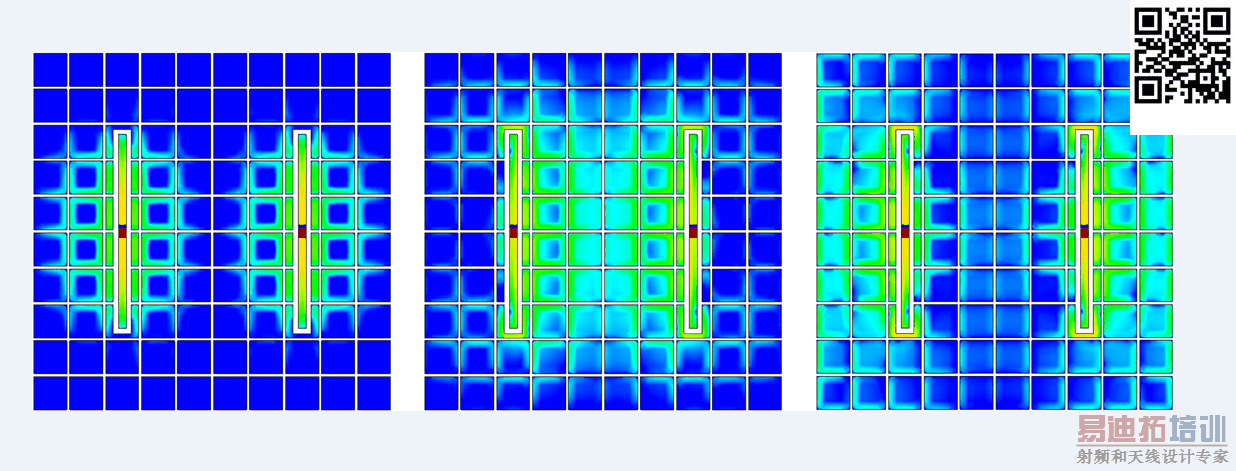从特征模看电磁超构表面:模式分析、调控、综合与激励
题目:Truncated Impedance Sheet Model for Low-Profile Broadband Nonresonant-Cell Metasurface Antennas Using Characteristic Mode Analysis
作者: Feng Han Lin, Zhi Ning Chen
单位: National University of Singapore
收录/引用:F. H. Lin and Z. N. Chen, “Truncated Impedance-Sheet Model for Low-Profile Broadband Non-resonant-cell Metasurface Antennas using Characteristic Mode Analysis,” IEEE Trans. Antennas Propag., vol. 66, no. 10, pp. 5043–5051, Oct. 2018.
全文链接:https://ieeexplore.ieee.org/document/8408836
Abstract— A unit-cell-free truncated impedance sheet model isproposed for the modeling and design of low-profile broadbandmetasurface antennas (MAs) composed of nonresonant unit cellsusing characteristic mode analysis. Different from conventionalMAs with locally resonant unit cells, the nonresonant unit cellsof the proposed MAs only contribute to the grid impedance andthe MA operates with the global resonances of the metasurfaces.New measures are also reported to incorporate a higher ordermetasurface mode for wideband radiation. A low-profile broadbandMA is designed at the 5 GHz Wi-Fi bands for the proofof concept. Three modes are excited simultaneously, includinga quasi-TM01 mode, a quasi-TM21 mode, and a dipole mode.With a size of 0.8λL × 0.8λL × 0.087λL (λL is the wavelength infree space at the lowest operating frequency), the prototyped MAachieves a bandwidth of 45% with |S11| < ?10 dB, boresightgain of 8.5–11.6 dBi, and 3 dB beamwidth of 40°–60°/43°–65° forthe E-/H-planes.Index Terms— Broadband antennas, characteristic modeanalysis (CMA), higher order modes, impedance loading,impedance sheet, metamaterials, metasurfaces (MTSs), modecontrol, multimode antenna, surface impedance.
中文简介:核心思想是以小博大,局部改变全局,不变的是宏观结构,变的是本构关系,以“非谐振”单元构建和控制全局“谐振”,从而实现基函数的构造和精细调控。文章包含了“建模、分析、综合、调控、激励”五个方面,可玩度高,变化空间充足。
往期回顾:
1. Metasurface也讲模式---【基于特征模分析的超表面天线】
2. Metasurface Antennas】超表面助力宽带、多频段、多天线系统去耦合,改善方向图畸变、提高隔离度
另外,我们建立了一个QQ群,群名称“电磁场特征模理论与技术应用”,主要目的是方便大家一起学习探讨,任何相关的理论、应用、建模方法、资料分享和讨论都非常欢迎,群号263691793,欢迎加入

图1. 超构表面天线样品

图2. 实测与仿真反射系数与边射增益对比

图3. 实测与仿真方向图

图4. 时域仿真得到的三个模式在各自谐振频率上的表面电流分布
全文链接:https://ieeexplore.ieee.org/document/8408836
不愧是仿真八级大师,科研效率奇高






